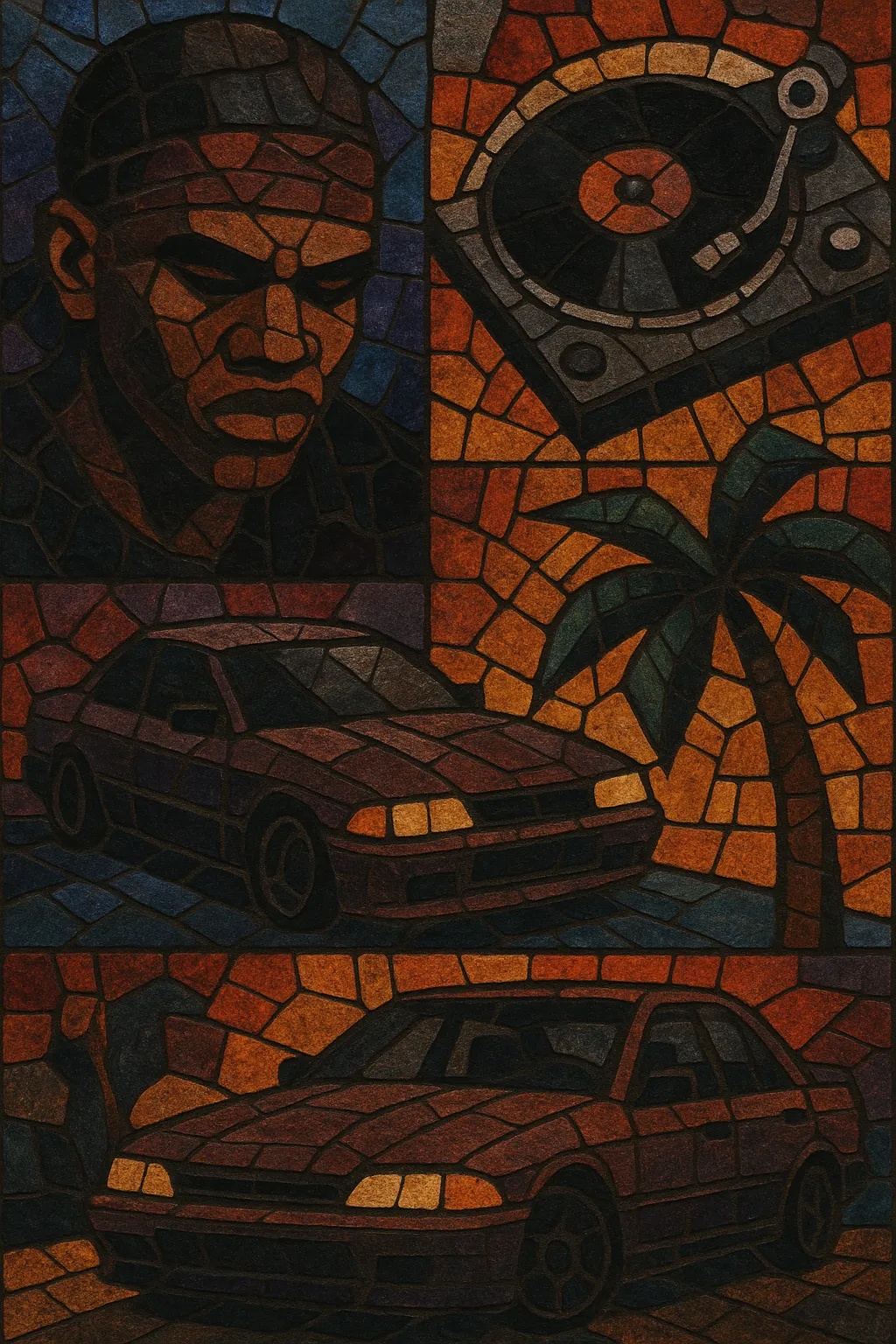Phonk house is a club-ready fusion of phonk’s gritty Memphis-rap sampling and cowbell-driven percussion with the steady four-on-the-floor pulse and arrangement logic of house music.
Producers take the signature phonk toolkit—pitched-down rap chops, 808 slides, vinyl/tape grit, and prominent cowbell or agogô patterns—and reframe it at house tempos, using punchy sidechained kicks, rolling basslines, and DJ-friendly structures. The result is music that keeps phonk’s nocturnal, streetwise mood while adding the propulsion and dance-floor utility of modern house.
The style exploded online through “phonk house versions” and drifting/car-culture edits, becoming a staple of short-form video platforms and gaming clips, then crossing over into clubs and festival sets.
Phonk house emerges from internet-native phonk, itself rooted in 1990s Memphis rap tape culture and revived by online producers in the 2010s. Around the turn of the 2020s, some phonk creators began swapping the trap/half-time grids for a house-style four-on-the-floor, keeping phonk’s cowbells, distorted 808s, and pitched-down vocals while adopting club tempos and arrangements.
The style’s rise is inseparable from the internet: “phonk house version” remixes and edits spread rapidly on YouTube, Spotify, and short-form video apps. Car/drift footage (especially sim drifting) turned these tracks into viral soundtracks, giving the genre a strong association with motion, speed, and late-night urban aesthetics.
By 2021–2023, phonk house had a clear sonic identity—dark, gritty textures with a driving 4/4 beat—and a recognizable cohort of producers. Tracks started appearing in DJ sets and festival playlists, reflecting a broader trend of internet genres being reshaped for the dance floor.
Phonk house retains the nostalgic, lo-fi patina of cassette-era samples and Memphis rap acapellas, but tightens the low end, sidechains the mix for dance-floor punch, and emphasizes builds/drops typical of modern house. This hybrid keeps phonk’s moodiness while making it reliably mixable and kinetic for clubs.


